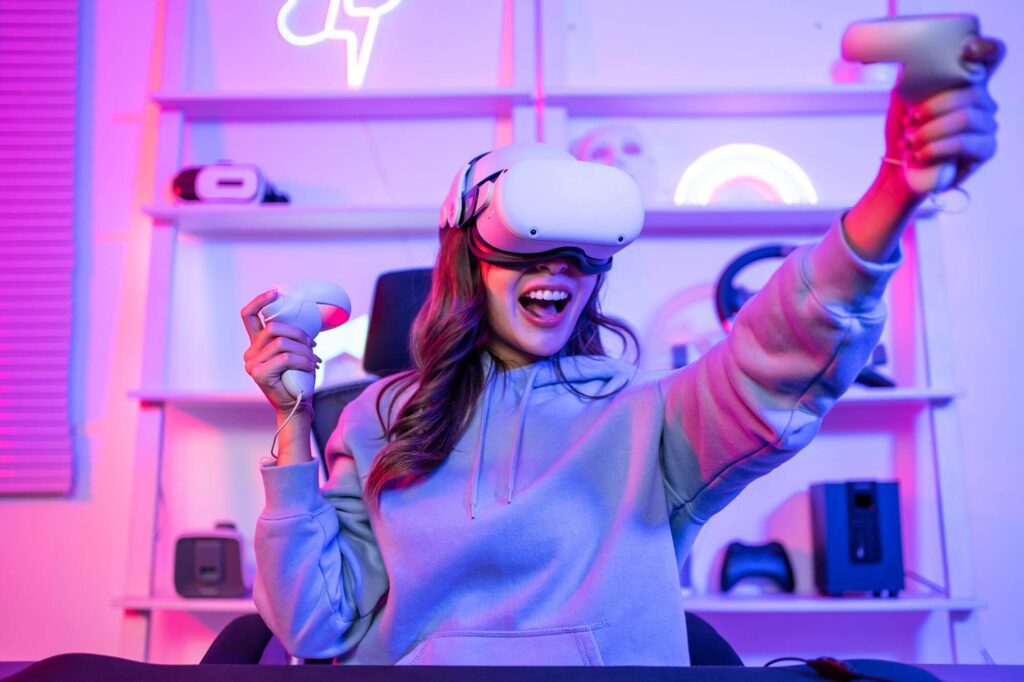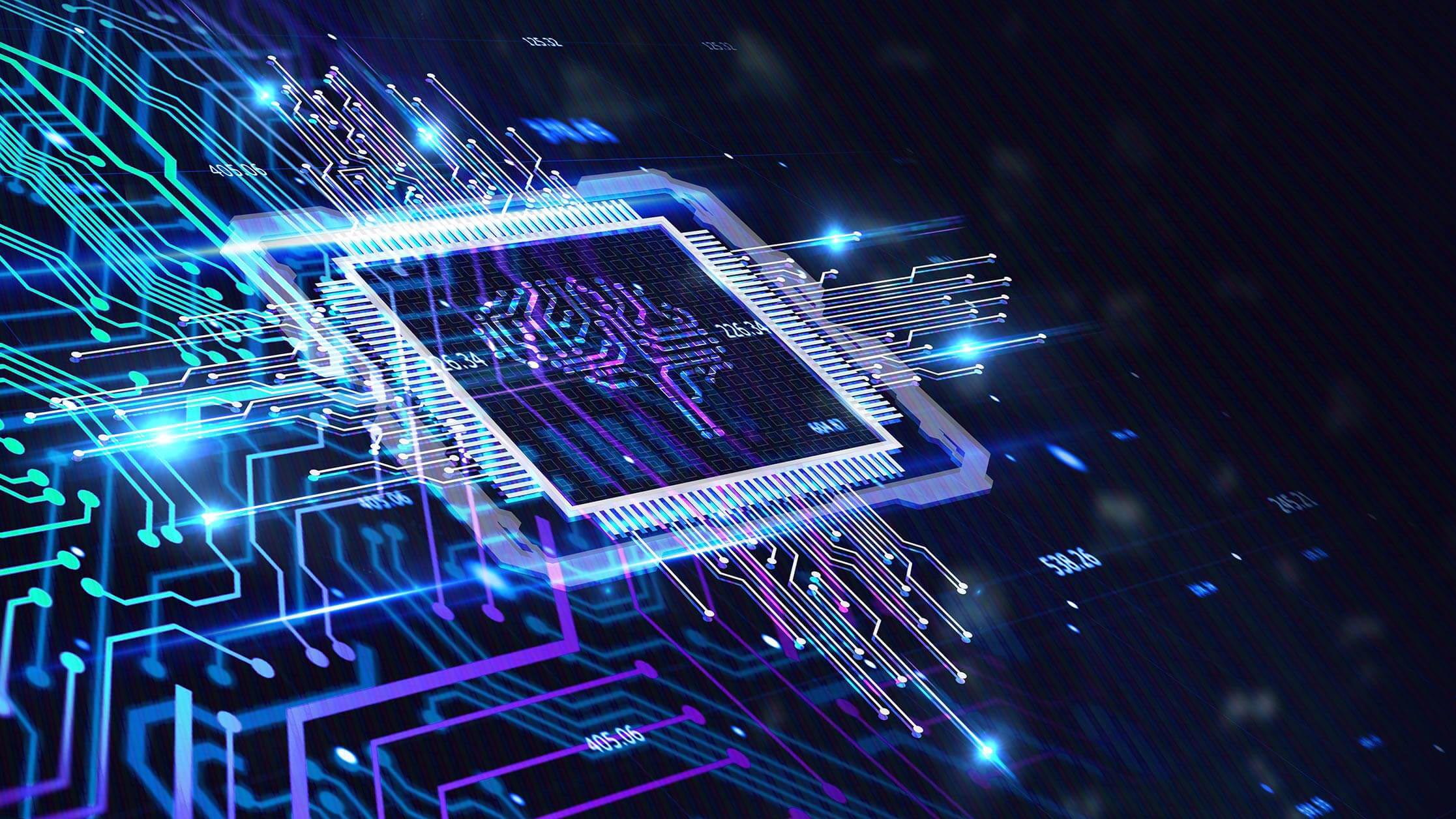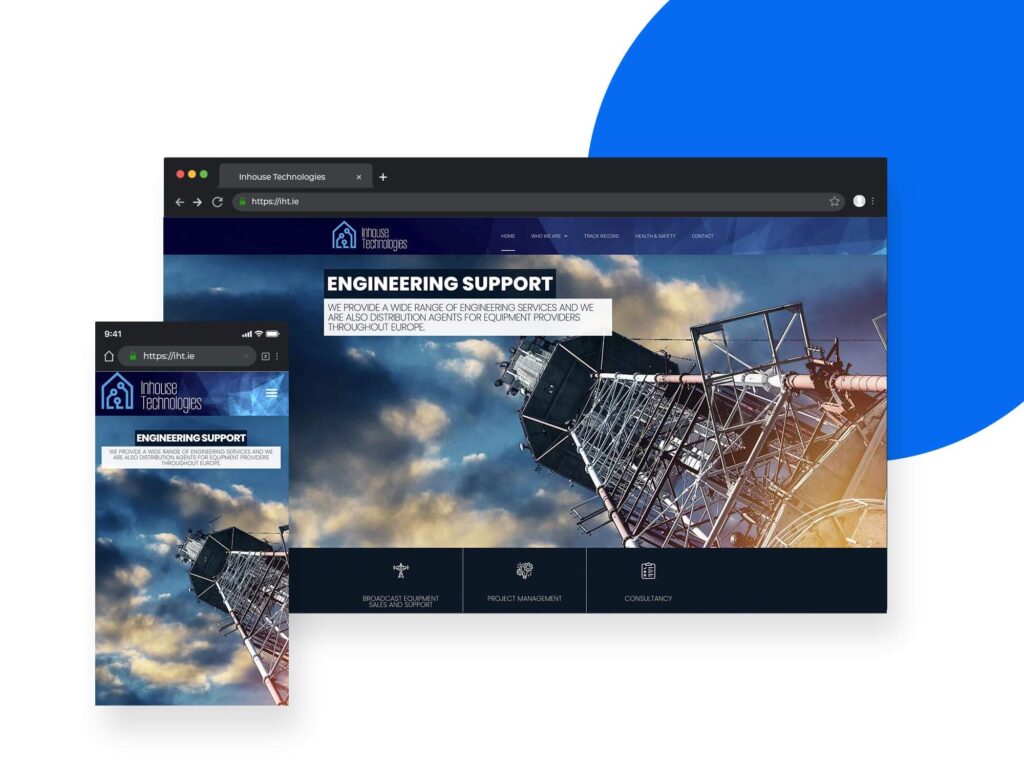The Future of Web Design – In the dynamic realm of web design, staying ahead of the curve is crucial to creating digital experiences that captivate audiences. As technology evolves and user expectations shift, web designers must adapt to emerging trends and explore innovative services to remain at the forefront of their craft. In this article, we delve into the future of web design, exploring key trends and services that are set to shape the digital landscape.

1. Immersive User Experiences with AR and VR
As augmented reality (AR) and virtual reality (VR) technologies continue to mature, web designers are exploring ways to integrate immersive experiences into websites. Imagine navigating a website where products come to life in 3D or exploring a virtual showroom from the comfort of your home. The integration of AR and VR in web design opens up new possibilities for storytelling and engagement.
2. The Future of Web Design – Personalization Powered by AI
Artificial Intelligence (AI) is not just a buzzword; it’s becoming an integral part of web design. AI algorithms can analyze user behavior, preferences, and demographics to deliver personalized content in real-time. From dynamically adjusting website layouts to offering personalized product recommendations, AI is set to revolutionize how users interact with websites.
3. Minimalist and Voice-Activated Interfaces
Simplicity is making a comeback in web design. Minimalist interfaces, characterized by clean lines, ample white space, and a focus on essential elements, enhance user clarity and navigation. Additionally, voice-activated interfaces, driven by advancements in natural language processing, provide a hands-free and intuitive browsing experience, especially as smart speakers and voice assistants become ubiquitous.
4. Dark Mode and Beyond
Dark mode has gained popularity for its aesthetic appeal and reduced eye strain, particularly in low-light environments. However, designers are now experimenting with a broader spectrum of color schemes, gradients, and unconventional layouts to create visually striking websites. The future of web design embraces a diversity of color choices and artistic expression.
5. Microinteractions for Enhanced Engagement
Microinteractions, subtle animations and feedback that respond to user actions, are becoming increasingly integral to web design. From a button changing color upon hover to a subtle notification animation, microinteractions enhance the overall user experience and add a layer of interactivity that keeps visitors engaged.
Services to Watch:
1. AI-Driven Design Assistance
Expect the rise of AI-powered design tools that assist and collaborate with human designers. These tools will automate repetitive tasks, suggest design elements based on data analysis, and streamline the creative process, allowing designers to focus more on strategic and conceptual aspects.
2. Web Accessibility Consulting
With a growing emphasis on inclusivity, web accessibility services will play a crucial role in ensuring that websites are usable by individuals of all abilities. Designers will collaborate with accessibility experts to create websites that meet international standards, making the internet more accessible for everyone.

3. Blockchain-Powered Security Solutions
As cybersecurity concerns persist, web designers will increasingly turn to blockchain technology to enhance the security of websites. Decentralized and tamper-proof, blockchain can secure user data, transactions, and provide a transparent and trustworthy online environment.
The Future of Web Design
In conclusion, the future of web design is a thrilling frontier where technology, creativity, and user-centricity converge. Designers who embrace these emerging trends and leverage innovative services will not only meet the evolving expectations of users but also shape the digital landscape for years to come. The key lies in staying curious, adapting to change, and consistently pushing the boundaries of what is possible in the world of web design.




